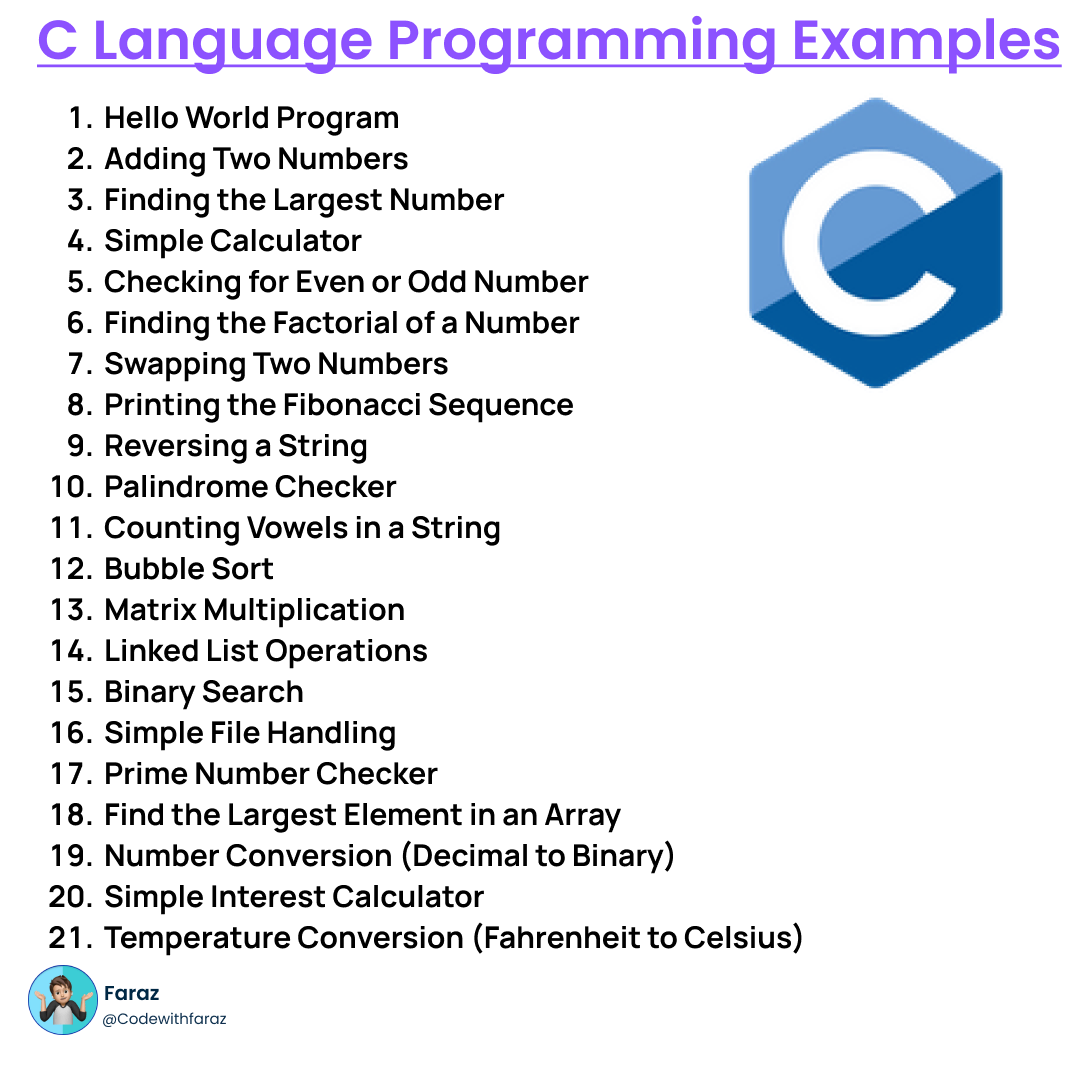Next-Gen React State Management with Zustand and TanStack Query
React state management has evolved significantly. While Redux remains a powerful option, its boilerplate can be overwhelming for smaller projects. Zustand and TanStack Query offer a more lightweight and efficient approach, particularly when dealing with asynchronous data fetching. This blog post explores how to leverage these libraries for a modern, streamlined state management solution in your React applications.
Concept: Combining Zustand's Simplicity with TanStack Query's Power
Zustand provides a minimalistic, unopinionated store for managing application state. Its simplicity stems from its use of a single `create` function to establish a store, making it easy to learn and integrate. TanStack Query, on the other hand, excels at fetching, caching, and updating asynchronous data. Combining them allows you to create a system where your UI state is managed elegantly by Zustand, while your data fetching and caching are handled efficiently by TanStack Query. This results in a clean separation of concerns and improved performance.

Code Example: A Simple User List
Let's build a simple component that fetches and displays a list of users. We'll use TanStack Query to fetch the data and Zustand to manage the UI state (e.g., loading state, error handling).

Tips and Best Practices
1. **Keep Zustand stores small and focused:** Avoid creating large, monolithic stores. Break down your state into smaller, more manageable pieces. 2. **Utilize TanStack Query's caching mechanisms:** Leverage features like `staleTime` and `cacheTime` to optimize data fetching and reduce API calls. 3. **Handle errors gracefully:** Implement proper error handling in both Zustand and TanStack Query to provide a smooth user experience. 4. **Consider using Immer with Zustand:** Immer simplifies state updates by providing immutable updates without explicit cloning.

Conclusion
Zustand and TanStack Query represent a powerful combination for modern React state management. Their lightweight nature and efficient data handling make them ideal for building robust and scalable applications. By following best practices and understanding their respective strengths, you can create a clean, maintainable, and performant state management architecture.
Comments
Post a Comment